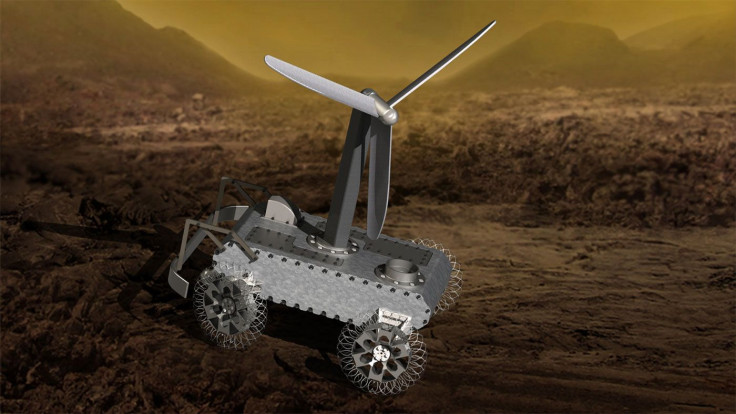NASA Opens 'Exploring Hell' Contest For Venus Rover Equipment Design
KEY POINTS
- Venus temperatures and pressure are much more extreme than Earth's
- Only a few missions reached Venus's surface before succumbing to harsh conditions
- NASA opened a public contest to help with the design of a Venus rover concept
- JPL is interested in various approaches, "regardless of technical maturity"
Many already know that NASA is shooting for the Moon and Mars under the Artemis program but the agency also has its eyes set on our other planetary neighbor, Venus. To help achieve future Venus exploration goals, NASA just opened a public contest to help with the design of a future Venus rover and participants could win up to $15,000.
Extreme Conditions On Venus
To explore Venus, a lander must be able to withstand the extremely harsh conditions on the planet, with its surface temperatures that can reach 840 degrees Fahrenheit (448.9 degrees Celsius) and its surface pressure is 92 times that of Earth’s.
In fact, the conditions on Venus are so harsh that only about a dozen of the missions that have attempted to visit and explore it actually reached the surface before succumbing to the extreme conditions.
“Earth and Venus are basically sibling planets, but Venus took a turn at one point and became inhospitable to life as we know it,” principal investigator for Automaton Rover for Extreme Environments (AREE), Jonathan Sauder, said. “By getting on the ground and exploring Venus, we can understand what caused Earth and Venus to diverge on wildly different paths and can explore a foreign world right in our own backyard.”
‘Exploring Hell’ Contest
The plan is to have the AREE mission explore Venus for months and not just mere minutes. For a rover to succeed at this ambitious mission, it must not only withstand the planet’s harsh conditions while collecting valuable scientific data but it must also be able to detect any obstacles and dangerous situations that may be in its way. This way, it can avoid obstacles and continue exploring the planet.
For this all-important part of the future rover, NASA opened the “Exploring Hell: Avoiding Obstacles on a Clockwork Rover” competition, with the aim of getting public input on a design for the rover’s obstacle avoidance sensor.
According to NASA, the challenge lies in creating an obstacle sensor that is not reliant on vulnerable electronic systems as even the current state-of-the-art and even military-grade electronics tend to fail at just 250 degrees Fahrenheit.
“When faced with navigating one of the most challenging terrestrial environments in the solar system, we need to think outside the box,” Sauder said. “That is why we need the creativity of makers and garage inventors to help solve this challenge.”
Those who wish to submit their designs to the competition may do so until May 29, 2020. Participants stand the chance to win $15,000 for the first prize, $10,000 for the second prize and $5,000 for the third prize.
Venus Exploration
The last spacecraft to touch Venus’s surface was Vega 2, which launched from Earth on Dec. 21, 1984 and arrived at Venus on June 15, 1985. However, previous landers have only lasted from 23 to 127 minutes on the surface before their electronics failed due to the harsh environment.
In the 30 years after those last missions, there was little progress made for Venus missions and, modern Venus mission concepts have only extended life by just a few hours.
Apart from NASA, other agencies such as the European Space Agency, India’s ISRO and Russia’s Roscosmos are also proposing and preparing for future missions to Venus.

© Copyright IBTimes 2025. All rights reserved.






















